This article describes how to back up databases, including the local Internet data center (IDC) databases, public network databases, databases not hosted on Alibaba Cloud, Relational Database Service (RDS) databases, and Elastic Compute Service (ECS) user-created databases, to Alibaba Cloud Object Storage Service (OSS) in real time.
Alibaba Cloud OSS supports Standard, Infrequent Access (IA), and Archive storage classes. You can use the Standard storage class of OSS to store image, audio, and video files for apps and large websites. You can use the IA or Archive storage class as a low-cost solution for backup and archiving of infrequently accessed data. OSS is applicable to storage media for database backup.
Alibaba Cloud Database Backup (DBS) is a cost-effective database backup service that provides continuous, powerful protection for data in enterprise data centers, clouds of other cloud vendors, public clouds, and other environments. DBS provides an overall data backup and restoration solution, which delivers capabilities of real-time incremental backup and data restoration within seconds.
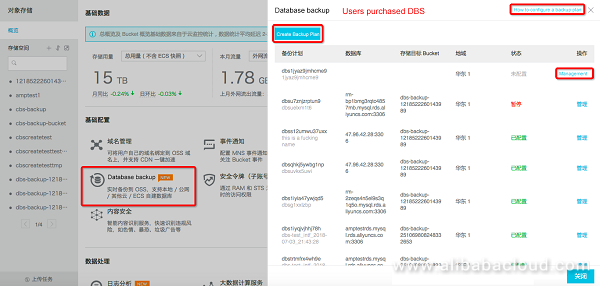
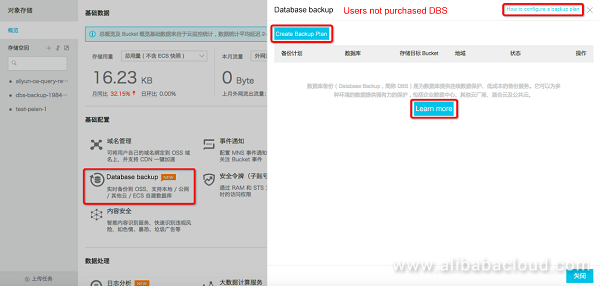
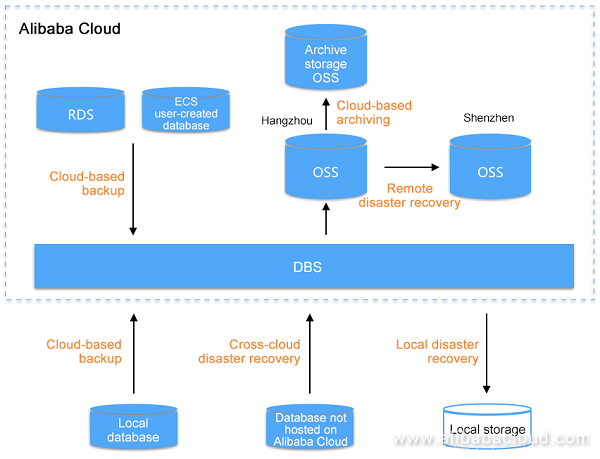
Back up or archive Alibaba Cloud RDS databases or ECS user-created databases to OSS
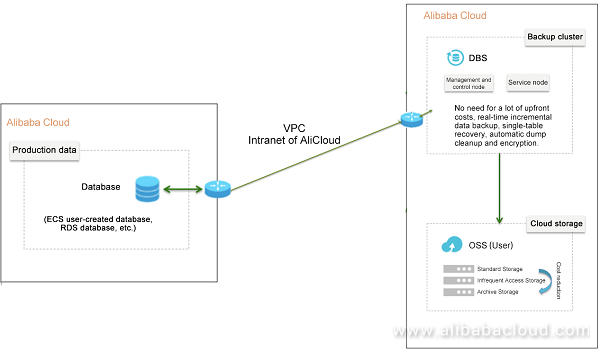
Back up self-built IDC databases to the cloud
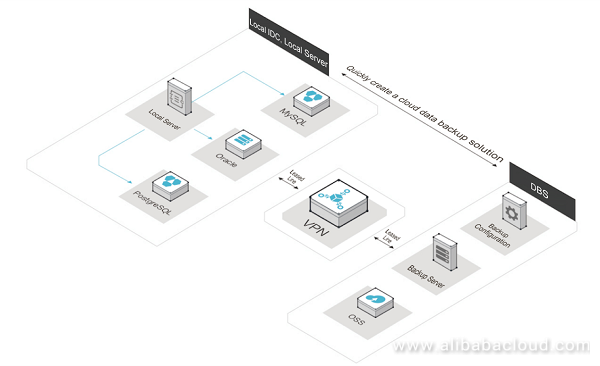
Back up databases not hosted on Alibaba Cloud to OSS
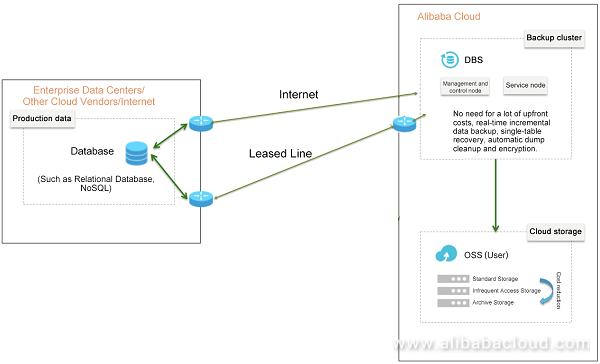
Back up databases to OSS for remote disaster recovery
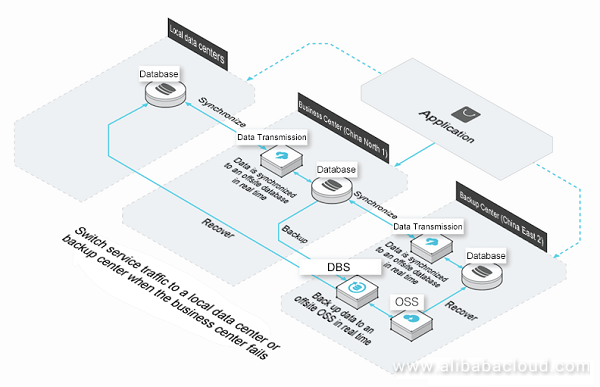

With DBS and OSS you can perform a full backup or real-time incremental backup and second-level RPO. Based on the high performance and easy expandability features of OSS, DBS realizes in-depth optimization to allow efficient database backup to OSS.
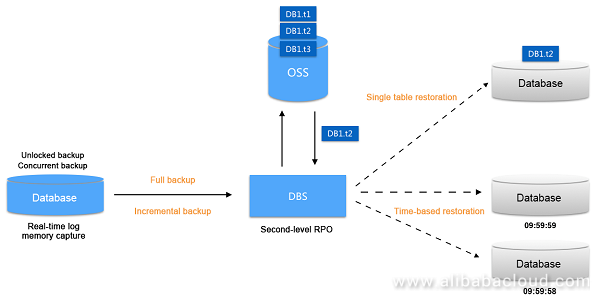
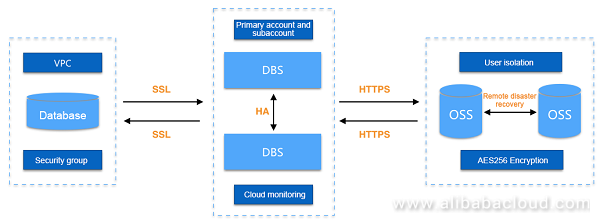

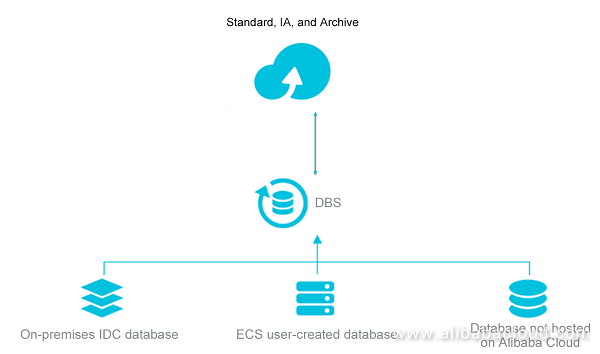
The procedure for backing up databases to OSS is as follows:
For more information about using Alibaba Cloud Object Storage Service, visit the official product guide.
Perform Serverless Query and Export Visualized BI Reports on Alibaba Cloud

57 posts | 12 followers
FollowAlibaba Clouder - August 6, 2020
Yen Sheng - April 3, 2023
Alibaba Clouder - September 23, 2019
Alibaba Clouder - December 16, 2019
Alibaba Clouder - April 11, 2018
Alibaba Cloud Storage - February 27, 2020

57 posts | 12 followers
Follow OSS(Object Storage Service)
OSS(Object Storage Service)
An encrypted and secure cloud storage service which stores, processes and accesses massive amounts of data from anywhere in the world
Learn More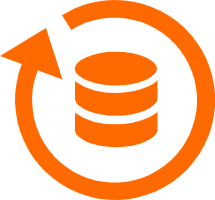 Database Backup
Database Backup
A reliable, cost-efficient backup service for continuous data protection.
Learn More Content Delivery Solution
Content Delivery Solution
Save egress traffic cost. Eliminate all complexity in managing storage cost.
Learn More Database for FinTech Solution
Database for FinTech Solution
Leverage cloud-native database solutions dedicated for FinTech.
Learn MoreMore Posts by Alibaba Cloud Storage
Start building with 50+ products and up to 12 months usage for Elastic Compute Service
Get Started for Free Get Started for Free
Raja_KT February 10, 2019 at 5:07 pm
Interesting and it requires a lot of consulting with the clients on what they want, RTO, RPO, HA, relaibility...I could not see MariaDB -TX.